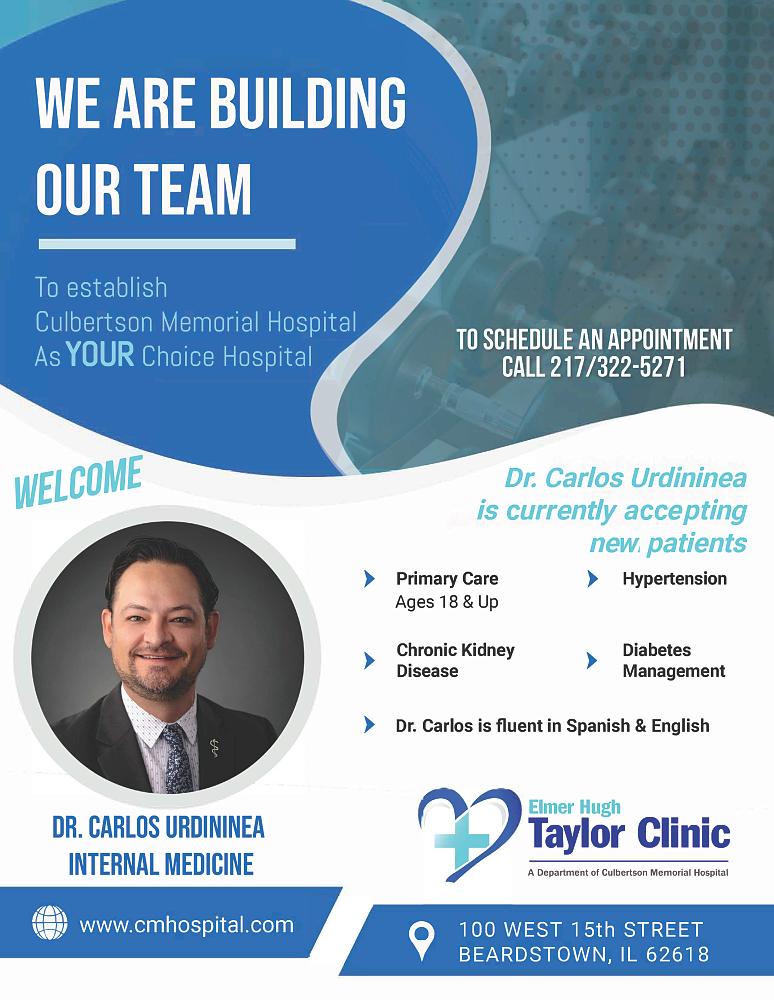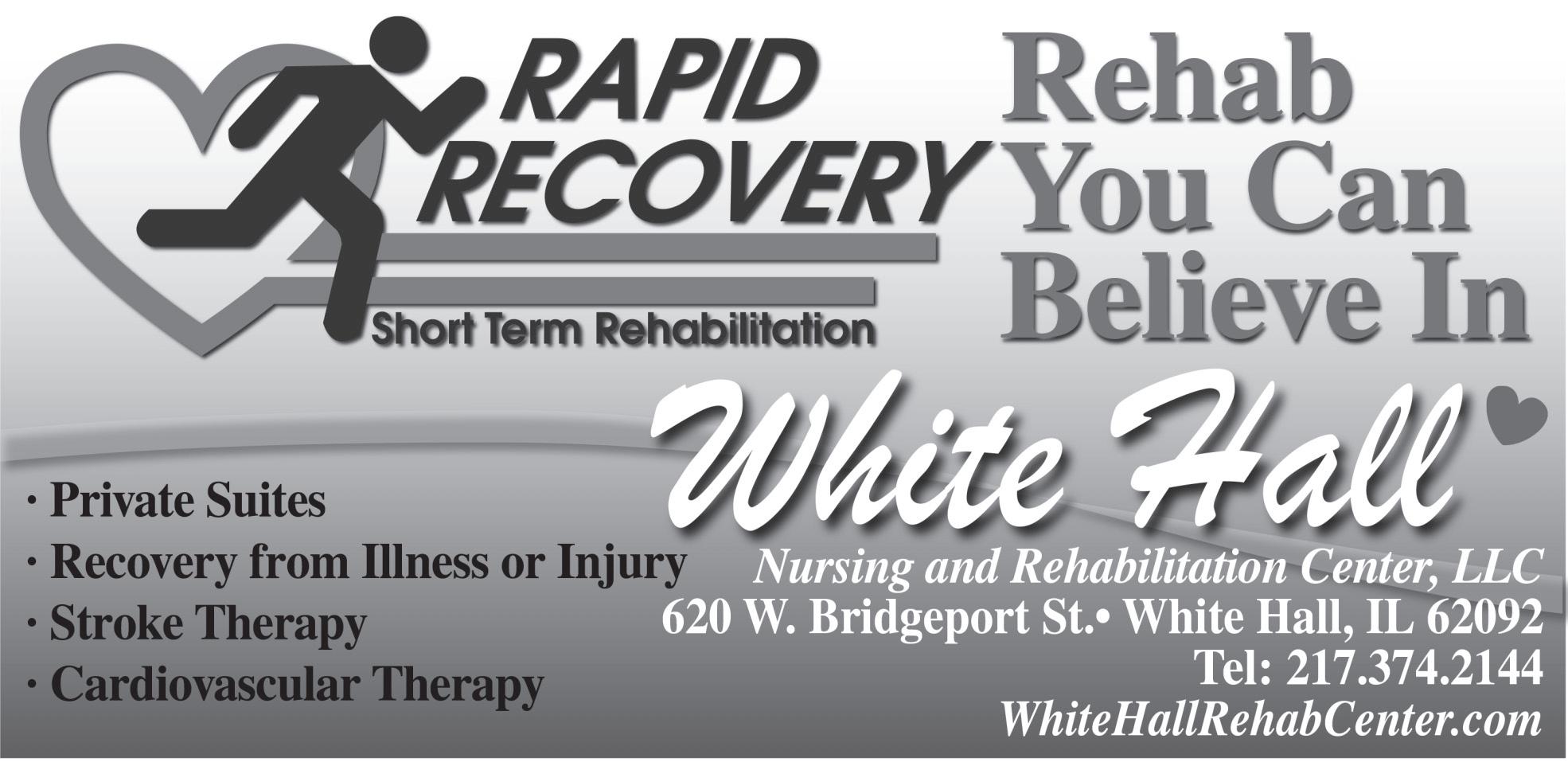Health Quarterly January 2023











A sprained ankle is one of the most common orthopedic injuries. In the United States more than 25,000 such injuries occur every day. Although most of these resolve completely, chronic residual ankle symptoms still persist in about 20% to 40% of treated patients. We will outline potential causes of persistent pain after an ankle sprain.

A sprain is actually an injury to the ligaments of the ankle joint, which are elastic, band-like structures that hold the bones of the ankle joint together and prevent excess turning and twisting of the joint (fig 1). In normal movement, the ligaments can stretch slightly and then
retract back to their normal shape and size. Sprained ankles often result from a fall, sudden twist, or a blow that forces the ankle joint out of its normal position. Ankle sprains commonly occur while participating in sports, wearing inappropriate shoes, or walking or running on an uneven surface. The anterior talofibular ligament is one of the most commonly involved ligaments in this type of sprain. Approximately 90% of ankle sprains are inversion injuries.

Patients who sustain ankle sprains present with pain or soreness over the injured ligaments, loss of function, swelling, bruising, difficulty walking, and or stiffness in the joint. These symptoms may vary in intensity, depending on the severity of the sprain. A severe sprain may be diagnosed in patients who report hearing or feeling
a popping sensation, followed by immediate swelling and the inability to walk or finish their athletic endeavor after an inversion injury. In evaluating your injury, the orthopedic surgeon will obtain a thorough history of your symptoms followed by a lower extremity examination. X-rays or other advanced imaging studies may be ordered to help determine the severity of the injury.
The goal of treating ankle sprain is to prevent chronic pain, instability and disability. The first phase of routine ankle sprain treatment consists of rest, ice, compression, elevation, and usually the use of anti-inflammatory medications. We recommend an air cast for a low-grade ankle sprain while a severe sprain will require longer immobilization utilizing a walking boot or a short leg cast for three weeks.
The amount of therapy
that a person can handle will depend on their level of pain and the grade of sprain they experienced. It is not recommended to return to sports or extreme physical activities until hopping on the ankle is achieved without pain. Wearing high-top tennis shoes may also help prevent ankle sprains if the shoes used are laced snug and if the ankle is taped with a wide, nonelastic adhesive tape.
Ankle pain not responding to treatment, stiffness, locking and catching swelling, giving way and numbness may persist several months following an ankle sprain. A careful patient history and physical examination is needed to assess the presenting complaint, mechanism of injury, level of activity, and exact location is paramount in delineating potential
etiology.
The orthopedic surgeon must rule out missed diagnosis and associated injuries at the time of initial ankle sprain (table 1). A partially treated or untreated ankle sprain may lead to chronic ankle instability, a condition marked by persistent discomfort and a “giving way” of the ankle. Weakness in the leg may also develop. Improper or insufficient rehabilitation may lead to impaired neuromuscular control, impaired proprioception and postural control.
Persistent pain with catching or locking in the ankle joint could be related to damage to the cartilage with intraarticular loose bodies within the ankle joint or an osteochondral defect (fig 2). Pain on direct palpation of bony prominences in the leg ankle and foot may indicate missed fractures at the time of initial injury (See table 1). Palpating for the area of maximal tenderness along the tendons and directly over the syndesmosis can rule out peroneal tears and chronic high ankle sprains. In teenagers with persistent ankle pain and recurrent ankle sprains the foot should be examined for stiffness of the joint below the ankle to rule out “tarsal coalition” – a condition characterized by abnormal fusion of foot bones.
Burning or shooting pain, numbness and tingling may indicate stretch injury on the cutaneous nerves surrounding ankle either from significant twisting at the time of initial sprain or from chronic swelling of the ankle. This condition in my experience leads to prolong recovery requiring 9 to 12 months for complete resolution of symptoms.
Magnetic resonance imaging (MRI) evaluation is particularly useful in demonstrating chondral injury, bone bruising, radiographically occult fractures, sinus tarsi injury, tendon tears, degeneration, and impingement syndrome.

The initial management of chronic ankle instability is a robust structured program of functional and prophylactic rehabilitation. Failed rehabilitation is an indication for surgical repair.
While ankle sprains are very common injuries seen by orthopedists and general practitioners alike, appropriate three-phase functional rehabilitation can provide excellent results with a minimum of co-morbidities and adverse. When symptoms persist after several months the examining physician must assess for potential missed diagnosis, inadequate ankle rehabilitation and associated injuries.
What we put into our bodies has a profound effect on our physical wellbeing. Many patients underestimate how dietary health can impact our mental and emotional wellness. Physical and mental wellness are so intertwined, managing your dietary health and making smarter food choices can dramatically improve your overall wellbeing.
Consulting a registered dietitian is the first step in taking control over your health. Learn how professional dietary services can help guide you in making healthier, more informed choices as you improve yourself.
What is a dietitian?

A dietitian is a specialized healthcare provider who is an expert in malnutrition and medical nutrition therapy. Dietitians work with patients who are either trying to lose weight or must adjust their eating habits because for medical reasons. As nutritional experts, dietitians can develop a comprehensive nutritional plan based on many factors in a patient’s medical history, such as pre-existing conditions and blood analysis.
What conditions are treated by dietitians?
Registered dietitians are trained to provide education and counseling for numerous medical conditions, including the following:
• Celiac disease and gluten sensitivity
• Chronic obstructive pulmonary disease (COPD)
• Compulsive overeating
• Diabetes
• Food allergies and sensitivities
• Gastrointestinal disease management, including irritable bowel syndrome (IBS), inflammatory bowel disease (IBD), Crohn’s disease, diverticulosis, and diverticulitis
• Healthy nutrition for all stages of life
• Healthy nutrition for pre-pregnancy, pregnancy, and lactation
• Heart disease, including congestive heart failure and high cholesterol
• Hypertension
• Kidney disease
• Liver disease
• Weight control
What are the benefits of working with a dietitian?
Patients who seek the guidance of a registered dietitian can expect many benefits, including the following:
• Personalized nutrition guidance based on an assessment of eating habits, lab work, and desired state of health
• Evidence-based advice and counseling to help establish nutrition goals and priorities as well as sorting through modern nutrition misinformation
• Teaching healthy habits such as shopping more wisely for groceries, reading nutrition
labels, making healthy modifications to favorite foods, and making healthier choices at restaurants
• Creating an individualized eating plan tailored to meet the patient’s nutritional goals
Culbertson Memorial Hospital has a registered dietitian available for consultations each Wednesday. For a referral, contact your primary care physician for an order and then to schedule an appointment, contact Patient Registration at 217-322-5271.

Call us at 217-953-0066 or visit us at centralillinoishearing.com.


You may have been inundated with ads promoting the new class of over-thecounter hearing aids but here are some facts you should know before considering purchasing.
What exactly are Over -the -Counter hearing aids.
Over the counter hearing aids (OTC’s) is a new class of hearing aids regulated
by the FDA for individuals over the age of 18 with a PERCIEVED mild to moderate hearing loss. They are like cheater eyeglasses, not fit to prescription and could over or under compensate for your hearing loss and could cause more complications than they can cure.
Because they are OTC’s, they are not covered by traditional insurance plans.
What are some limitations of OTC’s . They are only suitable for mild to moderate hearing loss

. Noise reduction will be far less than a traditional digital hearing aid
. They won’t offer a successful fit and will be more of a trial-and-error process
. As with any product, you should always read OTC device labels and be aware of the problems that can crop up after their use.

What exactly are Hearing Care Provider fit hearing aids?
Provider fit hearing aids have advanced circuitry to adjust sound output, speech clarity and noise reduc-

tion. They have Bluetooth capability for auditory streaming of phone calls and music and can be fine tuned to needs of a specific hearing loss.
What are the benefits of provider fit hearing aids
• They are FDA approved and recommended to treat actual specific hearing loss.
• The provider ensures an appropriate physical fit and counsels the patient on adjusting to sound quality of the device.


• The provider rules out other causes of hearing loss such as those that can be treated medically and ensures hearing devices are an appropriate solution for the patient’s situation.
• Provider follows-ups and clean and checks to ensure the devices are working their best for the lifetime of the devices. Having your hearing aid fit by a professional fit by a professional is the difference between tackling the problem yourself and expe-
riencing world class hearing care and support. Central Illinois Hearing is Jacksonville’s only professional hearing aid clinic that provides BOTH professionally fit OTC’s and advanced technology hearing devices. Many research articles published indicate that untreated hearing loss can lead to advancing dementia and cognitive decline so it’s best to have a professional hearing test first and asking an audiologist for guidance in determining which device is right for an individual’s specific hearing needs.

According to the Centers for Disease Control and Prevention, the average adult in the United States has a heart that is seven years older than it should be.

“Heart age” is a metric used by the CDC to determine if an individual is at greater risk for heart disease than they should be at any given point during their adults lives. Factors such as body mass index (BMI), blood pressure, whether or not a person smokes or has smoked in the past, and if that person has diabetes all help to determine heart age.
The CDC indicates that

millions of people in their 40s and 50s who live in the United States have high blood pressure and more than 35 million U.S. adults are current smokers. Those variables increase heart age, making individuals more vulnerable to heart disease even in middle-age.
Individuals interested in getting an estimate of their heart age can visit the Heart Foundation at heartfoundation.org.au/ heart-age-calculator. Adults also are urged to speak with their physicians about their risk for heart disease and what they can do to lower that risk.
Folate and folic acid (vitamin B9) are necessary for optimal human health. Neither folate nor folic acid are stored within the body. Excess amounts are excreted out through urine, so we need to obtain it from the foods in our diet or take supplements.
It is especially important for women to get enough folate and folic acid in their diet. Read on to learn why and to find out how you can make sure you’re consuming the right amount of this important nutrient.
Folate vs. folic acid: What’s the difference?
Folate is the natural form of vitamin B9 and is found in foods like leafy green vegetables. Folic acid is the synthetic or manmade version of vitamin B9 and is found in dietary supplements and certain fortified foods.
Some research suggests that the body better absorbs folic acid better than folate, but both types of vitamin B9 are important— especially for females.
What do folate and folic acid do in the body?
All bodies need folic acid and folate. These two forms of vitamin B9 support several important functions, including:
• The formation of red blood cells and other tissues
• The formation of DNA
• The creation, breakdown and use of proteins
For females, folate and folic acid are especially important because they help prevent serious birth defects in unborn babies called neural tube defects (e.g., spina bifida). Neural tube defects occur within the first few weeks of pregnancy—often before a woman even knows she is pregnant.
Folic acid is also important for females because it can help prevent miscarriages and folate-deficiency anemia, a condition in which a person does not have enough red blood cells to carry oxygen around the body.
How much folic acid do I need?
The amount of folic acid you need to consume every day depends on factors including your current age, your ethnicity, and whether you are or can get pregnant.
Here’s what the National Institute of Health’s Office of Dietary Supplements recommends for adults:
• Male adults aged 19 or older: 400 micrograms (400 mcg)
• Female teens and adults who are or could get pregnant: 400 to 800 mcg per day, including at least 600 mcg per day when pregnant and at least 500 mcg per day when nursing
At SIU Medicine, our women’s health providers encourage all girls and women of childbearing age to eat folate-rich foods and take a daily supplement containing at least 400 mcg
of folic acid. This is important even if you’re not trying to get pregnant.
Why? Remember, folic acid helps prevent neural tube defects that develop early in pregnancy, often before a woman even knows she’s pregnant. Since more than half of all
pregnancies are unplanned, regularly supplementing with folic acid can help reduce the chances of birth defects should you become unexpectedly pregnant, such as when birth control methods fail.
too much folic acid?
According to the Office on Women’s Health, it is possible to consume too much folic acid from supplements or fortified foods. Excess folic acid may mask vitamin B12 deficiency, which can lead to problems like nerve damage.
For this reason, people should not consume more than 1,000 mcg per day (the upper tolerable limit) of folic acid, unless a doctor prescribes it. However, you can’t get too much from eating foods that contain folate.
Folate, the natural form of vitamin B9, is found in a variety of foods. As a woman, incorporating these foods into your diet is a great way to protect your health and your unborn baby’s health.
Some top folate-rich foods include:
• dark, leafy green vegetables, like spinach
• nuts
• beans
• poultry
• whole grains
• eggs
• oranges
In addition to eating folate-rich foods, you can also eat more foods that have been fortified with folic acid, including certain breakfast cereals, pastas and white rice.
Are you a woman with questions about your health?
The women’s health providers at SIU Medicine are comprehensively trained and passionate about helping females of all ages and backgrounds thrive. To connect with a women’s health provider in the area, find a doctor at siumed. org/doctor and schedule an appointment today.

Article
& photo Submitted by: KAylie cASwellcertified
nurSeprActitioner & certified SexuAlity counSelor obStetricS And GynecoloGy At Siu medicine
Sexuality and sexual health are important components of your overall well-being. That’s why our team at SIU Medicine provides comprehensive sexual health counseling for individuals and couples throughout central and southern Illinois.
Did your physician
recently refer you to sexual health counseling? Are you interested in scheduling an appointment directly with a credentialed counselor?
No matter what brings you here, know that you are welcome—and know that your questions, desires and needs deserve to be addressed.
Keep reading to learn about what to expect during your first visit with a sexual health counselor.
Patient privacy and discretion
For many people, sexuality and sexual health are sensitive subjects that can
be difficult to discuss. For this reason, we take great care to create a calm, private and safe environment for each and every one of your visits.
Expect your first counseling session to be held in a private, one-on-one setting with an experienced and credentialed counselor. You can also expect any and all follow-up communication to maintain your privacy and discretion. It is our duty to respect your rights regarding protected health information (PHI), and we will do everything in our power to put you at ease as you explore your sexual
health needs.
Our sexual health counselors are expertly trained to offer trauma-informed and inclusive discussions and management options for a wide range of sexual health matters. Common concerns include decreased desire or libido, decreased arousal, difficulty achieving orgasm, vaginal dryness, pain with intercourse, and vulvovaginal skin disorders. During your first visit, we’ll review and discuss the unique concerns you have regarding your sexual

health. This may include:
• Your past or current physical health that may impact sexual well-being, including your age, hormones, chronic health conditions (diabetes, hypertension), chronic pain conditions, pelvic floor dysfunction, disabilities, and past surgeries. Your current medications will also be reviewed, as many medications can contribute to sexual health concerns.
• A review of psychological, emotional,
social and intimate partner factors. Our mental health plays a big role in both our overall well-being and sexual health. Common contributing factors include anxiety, depression and history of trauma or post-traumatic stress disorder (PTSD). The way we look at ourselves such as body image and sexual self-confidence can contribute to a decreased sexual wellness. Our relationships with others can also
contribute. Stressors such as family circumstances, cultural influences, social support, and current/previous partner relationship quality and function all contribute to sexual health well-being.
• A review of relevant medical information from other health care providers in your multidisciplinary team.
• A discussion of your primary concerns and goals for your sexual wellness and/or intimate relationships.
Our patients come from all walks of life and represent a diverse range of gender, age, ethnicity, lifestyle and religious and cultural
backgrounds. During your first visit, your sexual health counselor will develop your plan of care within the greater context of your unique life experience and current needs.
For example, your plan of care may involve one or more of the following components:
• Education covering topics such as sexual function and anatomy, sexual response, the brain-body connection, and even relaxation techniques
• Cognitive behavioral therapy
• Individual and/or couples counseling
As part of your sexual health counseling, you can also expect to receive “homework assignments,” such as journaling exercises or activities to do
alone and/or with your partner. These assignments are intended to enhance and complement the care you receive during your sessions. We’ll also modify the focus and frequency of your counseling sessions to reflect your needs at every stage of your wellness journey.
Your sexual health counselor will act as a liaison who can connect you with other providers and services that will support your sexual well-being. Depending on your needs, we may discuss or recommend additional resources, such as:
• Mental health counseling and/or trauma therapy

• Pelvic floor physical therapy
• Providers specialized in each body system (GI, uro-gyn, urology, neurology, pain)
• Integrative medicine (acupuncture, massage therapy)
• Local and/or online support groups
Are you interested in sexual health counseling?
At SIU Medicine, we pledge to treat all our patients with dignity, discretion and compassion. As an individual seeking sexual health counseling, you deserve nothing less from the providers you entrust to your care.
If you would like support as you address your sexual health needs, reach out to SIU Medicine today at siumed.org/doctor to find a provider who can help.
The Alzheimer’s Association® reports that remaining socially active throughout adulthood can possibly delay the onset of dementia. And that’s not the only benefit to remaining socially engaged as an adult, which researchers have linked to reduced rates of disability and mortality. The Alzheimer’s Association® also indicates that social engagement may reduce the risk for depression in older adults. That’s a significant benefit, as the National Council on Aging notes that the risk
for depression is elevated among older adults compared to young adults.
Retirees can consider a host of ways to remain socially engaged, whether it’s volunteering, participating in clubs or moving to communities tailored to individuals 55 and older. Such communities may facilitate social engagement among residents by establishing or promoting clubs, organizing group sightseeing trips and arranging for other opportunities for inhabitants to get to know their neighbors.

